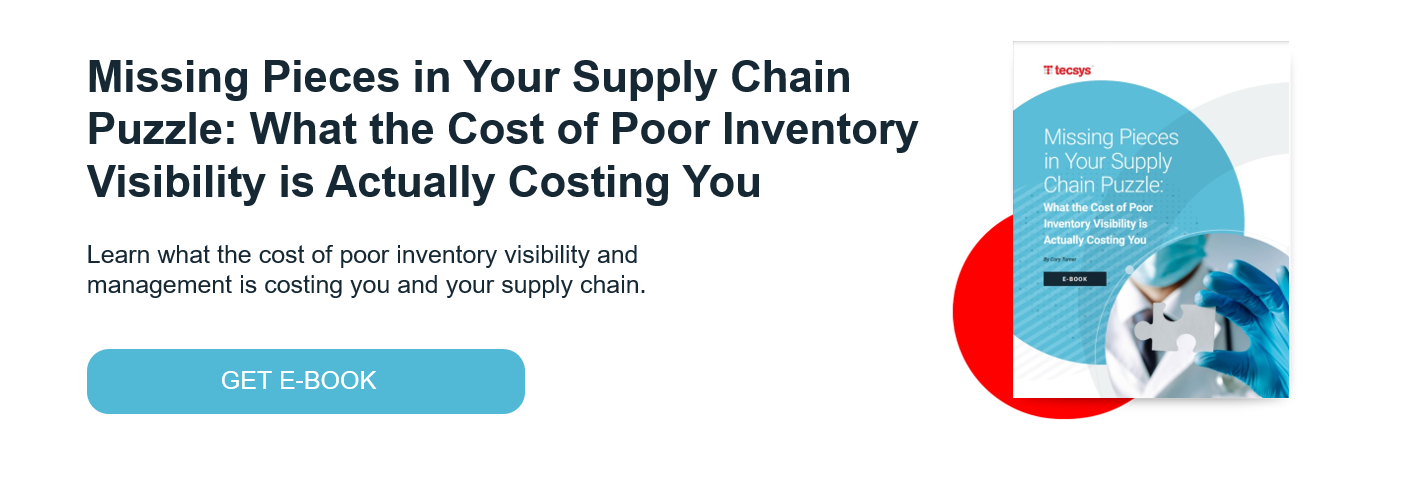Clinically Integrated Supply Chains: Teamwork Makes the Dream Work

“Nobody goes to nursing school to look for missing supplies,” says Betty Jo Rocchio, senior vice president and chief nursing officer at Mercy in St. Louis.
And therein lies what makes the healthcare supply chain so different. It’s a unique architecture of regulatory compliance, reimbursement models, clinically driven decision-making, together with the gamut of traditional supply chain challenges and disruptions, makes for a complexly multi-layered operation that has very little room for error. And to top it off, patient care trumps all. How can supply chain tick every box and provide the perioperative department with the service levels they need to provide top tier care? We had an opportunity to sit down with Betty Jo in our most recent episode of The Great Supply Chain Podcast:
Those who know Betty Jo know she is a force to be reckoned with. She’s got laser vision, a gift for operationalizing that vision and she’s been a staunch advocate for clinically integrated supply chains way before it was cool. Betty Jo provided us valuable insights on maturing that model at Mercy and gave a few examples of how she’s been using data and analytics to drive efficiencies through preference card optimization and case costing.
She also highlights how supply chain excellence doesn’t absolve clinical staff from supply chain responsibilities; rather, as Betty Jo rationalizes, the underpinning of an effective healthcare supply chain operation is in collaborating with clinical personnel so that every stakeholder is accountable and processes, along with their outcomes, are purposeful and data-driven.
We discuss the process to build the collaborative model for which Mercy has earned such accolade and the importance of setting goals.
“Well, it took a 25-page business case to get anybody to understand this,” Betty Jo laments. “That’s how complicated it is […] but the return is there. You have to be able to prove it and stick with it. You have to be committed to the strategy to be able to see it through […] And it’s not about supply chain saving money. It’s not about the clinical team saving money. It’s about what we can accomplish together and so we continue to tell that story.”
I hope you check out this episode of the podcast and join Cory Turner, Betty Jo and I for some great discussions around the perioperative supply chain, clinically integrated operations and the power of collaboration.
3 Key Takeaways
1. Break Down Traditional Departmental Silos
Engage your clinical teams early and often. Clinically integrated supply chains require collaboration and mutual buy-in. By creating cross-functional teams, all stakeholders are better aligned on a shared vision.
2. Build Bridges Between Data Islands
Clinical datasets and supply chain datasets are very distinct and each carries a critical purpose. You can drive operational excellence by bridging these with a system of action.
3. Understand and Optimize Your Processes
Healthcare is about priorities, with patient care being at the top of that list. It’s not about point of use technology; it’s about building a rock-solid process that exploits digital tools so that clinical teams and supply chain teams can each drive organizational benefits within scope, with physician preference card optimization as a perfect example.




